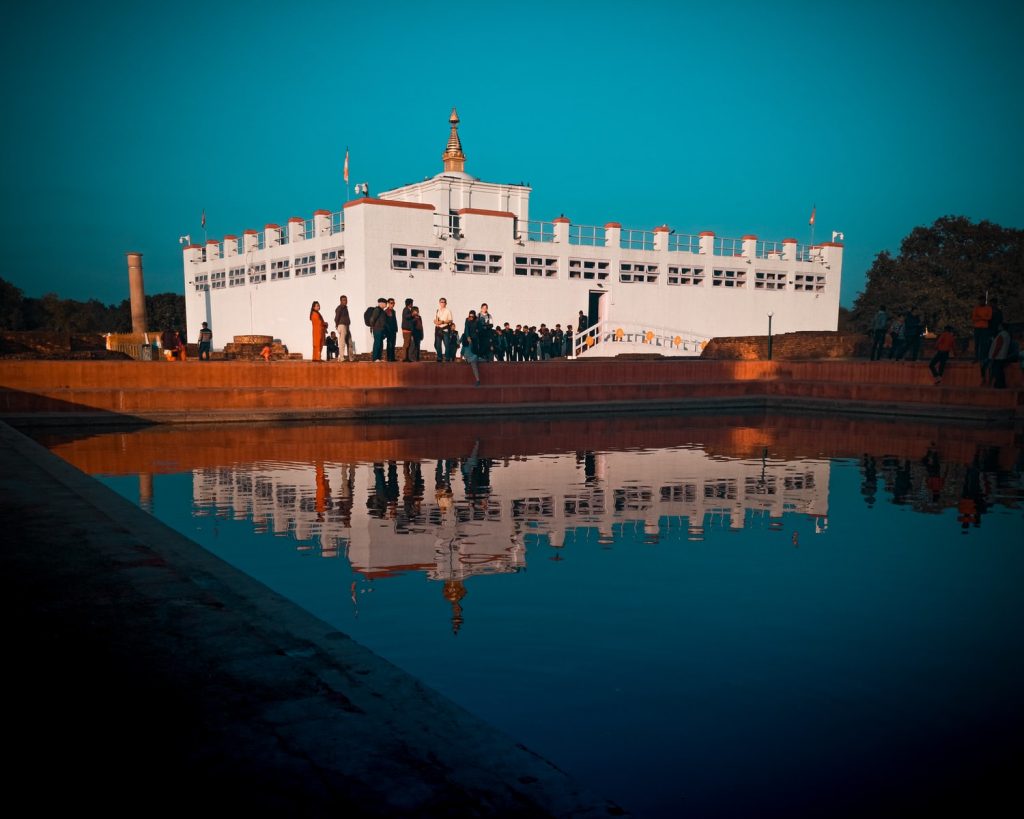8 Day(s) 7 Night(s)
Destination: Shravasti
Located on the banks of River Rapti, Shravasti is a fairly well-preserved ancient city, now known to comprise a group of ancient remains: Saheth-Maheth, Orajhar, Panahiajhar and Kharahuwanjhar. It is immensely significant as the site where Lord Buddha is said to have confounded non-believers by performing some of his most iconic miracles, such as creating several images of himself. For 24 years, the master is believed to have made regular visits to Sravasti as his annual monsoon retreat, residing at a monastery erected in his honour by Sudatta Anathapindika, one of his followers.
Located around 48 km from Bahraich in Uttar Pradesh, this vast complex of Buddhist ruins and stupas, believed to have been ruled by king Sravast, was the capital of the ancient Kosala kingdom. Some of the earliest mentions of the city can be found in the Ramayana and Mahabharata, which describe it as a prosperous city. Also known as Chandrikapuri and Champakpur in later years, Sravasti rose into prominence during the 6th century BC owing to its association with Lord Buddha and Lord Mahavira. It was eventually counted among the eight most important Buddhist pilgrimage sites. During the reign of the Kushan Empire Buddhism is said to have prospered here with royal patronage. It also finds mention in the accounts of Chinese Buddhist scholars Hiuen Tsang and Fa-Hien.
Identified in 1863 by a British army engineer, Sir Alexander Cunningham, after centuries of being forgotten, Sravasti is home to a number of stunning Buddhist as well as Jain relics. Known to have once been surrounded by a brick wall atop a high earthen rampart, the red brick temples and monasteries stand out beautifully against the backdrop of lush green sugarcane and rice plantations, imparting a sense of spiritual bliss amid agrarian splendour.
Jetavana Mahavihara
Sprawled across 400 acres, the Jetavana Mahavihara was Buddha’s monsoon retreat, hosting him as well as his disciples for 24 years. Also known as Saheth, it houses a still-intact chamber said to have been used by Buddha himself.
Maheth
Comprising two blocks – Kachchi Kuti and Pakki Kuti – Maheth is considered the second most important Buddhist site within Sravasti. While Kachchi Kuti is a stupa built to commemorate Sutta Anathapindika, Pakki Kuti is the cave of a dacoit named Angulimal, who was famously converted to a path of peace by Lord Buddha.
Anandha Bodhi Tree
Located inside the Jetavana monastery, the Anandha Bodhi Tree is believed to have been planted using a sapling from the Bodhi Tree in Bodhgaya – the tree beneath which Lord Buddha attained enlightenment.
WORLD PEACE BELL
A massive metal bell established in collaboration with Japan, its every toll is meant to impart the message of humanity and peace. It is located on the grounds of a Burmese temple close to the entrance to Jetavana Mahavihara.
Orajhar
A vast monastic complex, Orajhar stands atop a hill with an unpaved path leading up to it. Two more sites unearthed after excavations can be explored nearby: Penahiajhar and Kharahuwanjhar.



